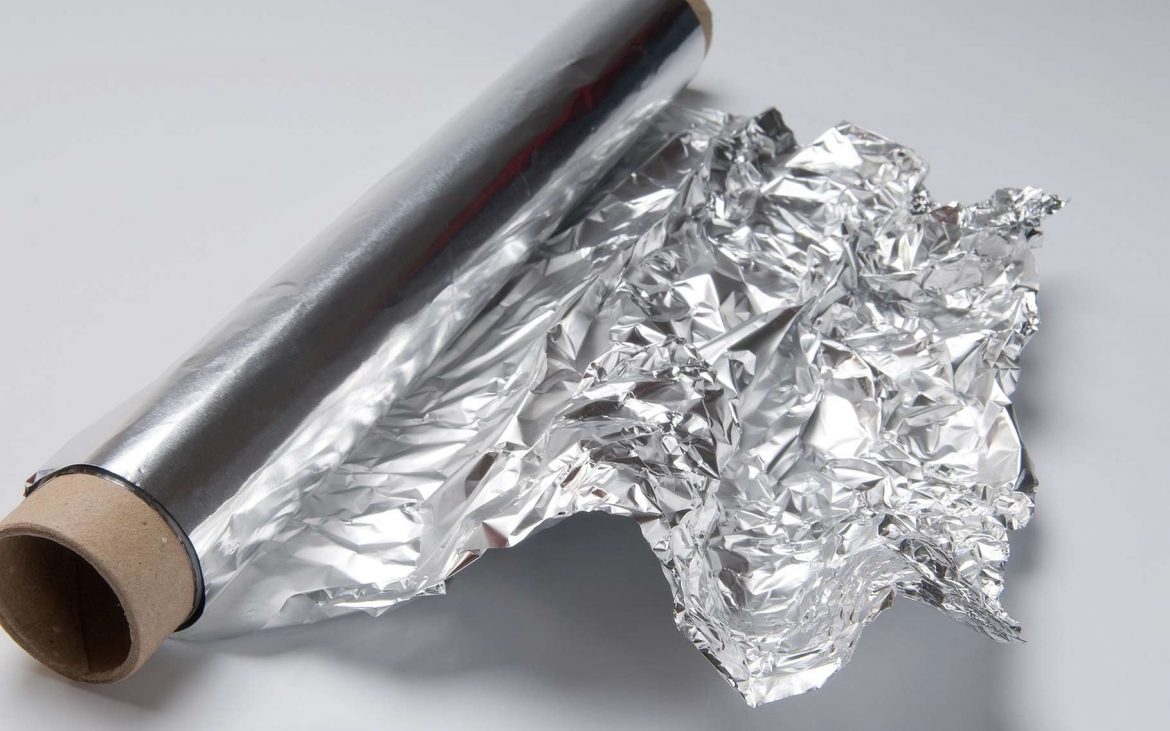
ALUMINIUM
- December 18, 2020
- Posted by karanvir
- 0 Comment(s)
Aluminium is a chemical element with symbol AI and atomic number 13 . It is silvery white , non-magnetic , soft , ductile metal .By mass aluminium is the most abundant metal in earth`s crust and the third most abundant element . The abundance of albuminium decreases relative to other elements at greater depths into earth`s mantle and beyond. The ore of aluminium is bauxite , this metal is highly reactive .
Aluminum is commonly known as an innocent compound. But still, when one is exposed to high concentrations, it can cause health problems. The water-soluble form of aluminum causes the harmful effects, these particles are called ions. They are usually found in a solution of aluminum in combination with other ions, for instance as aluminum chlorine.
The uptake of aluminum can take place through food, through breathing and by skin contact. Long lasting uptakes of significant concentrations of aluminum can lead to serious health effects, such as:
1 Damage to the central nervous system
2 Dementia
3 Loss of memory
4 Listlessness
5 Severe trembling
Aluminum is a risk in certain working environments, such as mines, where it can be found in water. People that work in factories where aluminum is applied during production processes may endure lung problems when they breathe in aluminum dust. Aluminum can cause problems for kidney patients when it enters the body during kidney dialyses.
Inhalation of finely divided aluminum and aluminum oxide powder has been reported as a cause of pulmonary fibrosis and lung damage. This effect, known as Shaver’s Disease, is complicated by the presence in the inhaled air of silica and oxides of iron . May also be implicated in Alzheimer’s disease .
USES :-
1 Aluminum is added in small amounts to certain metals to improve their properties for specific uses, as in aluminum bronzes and most magnisium-base alloys; or, for aluminum-base alloys, moderate amounts of other metals and silicon are added to aluminum. The metal and its alloys are used extensively for aircraft construction, building materials, consumer durables (refrigerators, air conditioners, cooking utensils), electrical conductors, and chemical and food-processing equipment.
2 Pure aluminum (99.996 percent) is quite soft and weak; commercial aluminum (99 to 99.6 percent pure) with small amounts of silicon and iron is hard and strong. Ductile and highly malleable, aluminum can be drawn into wire or rolled into thin foil. The metal is only about one-third as dense as iron or copper. Though chemically active, aluminum is nevertheless highly corrosion-resistant, because in air a hard, tough oxide film forms on its surface.
3 Aluminum is an excellent conductor of heat and electricity . Its thermal conductivity is about one-half that of copper; its electrical conductivity, about two-thirds. It crystallizes in the face-centred cubic structure. All natural aluminum is the stable isotope aluminum-27. Metallic aluminum and its oxide and hydroxide are nontoxic.
4 Aluminum is slowly attacked by most dilute acids and rapidly dissolves in concentrated hydrochloric acid. Concentrated nitric acid, however, can be shipped in aluminum tank cars because it renders the metal passive. Even very pure aluminum is vigorously attacked by alkalies such as sodium and potassium hydroxide to yield hydrogen and the aluminate ion. Because of its great affinity for oxygen, finely divided aluminum, if ignited, will burn in carbon monoxide or carbon dioxide with the formation of aluminum oxide and carbide, but, at temperatures up to red heat, aluminum is inert to sulfur.
5 Aluminum can be detected in concentrations as low as one part per million by means of emission spectroscopy. Aluminum can be quantitatively analyzed as the oxide (formula Al2O3) or as a derivative of the organic nitrogen compound 8-hydroxyquinoline. The derivative has the molecular formula Al(C9H6ON)3.
PROPERTIES :-
Its melting point is 660 ° C.
Its boiling point is 1800 ° C.
Its electrical conductivity is 75%.
It is a light metal. And its relative density is 2.7.
Its tensile strength is about 1 M-ton / cm².
Its electrical resistivity is 2.65 micro-ohm cm.
At temperatures above 150 ° C it becomes brittle.
It is a soft, ductile and malleability metal. It can be drawn as wires and roll as thin sheets.
It is a good conductor of heat and electricity. And after copper it is used to make electric wires.
There is no effect of atmosphere on it.
A thin layer of oxide on its surface soon freezes, making its brightness lighter.
Aluminum is pure from 98% to 99%. And the rest or the remaining amount of silicon, copper and iron.
At normal temperature, air does not affect aluminum.
Pure water has no effect on it, but it is protected from sea water or impure water.
Brazing and soldering actions cannot be performed on it.

